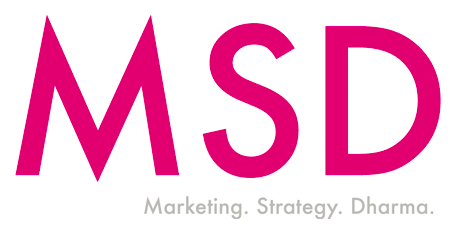As the last remnants of confetti are cleared from Levi’s Stadium in Santa Clara, this year’s Super Bowl finally comes to a close. But what seems to prevail, year after year, is not the final score, but the highly anticipated commercials that come with the big game. At least, that’s what advertisers hope for. But how effective are Super Bowl commercials? The Super Bowl contributes about 10% of all TV advertising digital activity, and a 30 second commercial on NBC costs about $4.5 million. Is all the hype worth what advertisers are paying? It all depends.
Where Companies Go Wrong. Despite the millions of dollars that go into funding Super Bowl ads, people only recall brands 35% of the time, versus the 50% for normal advertisements. And despite having the greatest viewership, Super Bowl commercials don’t have the same level of exposure as typical TV ads. Since ads on game day don’t play regularly, consumers often forget the brand. A lot of times, Super Bowl commercials are overly flashy and entertaining. While this is great for viewers who want entertainment, advertisers don’t focus enough on the brand’s image. The end result is viewers being overly entertained but under-informed. Communicus, an American advertising consultancy, found that about 60% of commercials did not increase consumer purchases or purchasing intent before the 2014 Super Bowl. In a survey performed by the National Retail Foundation, researchers discovered that entertainment rarely correlates with intent to purchase; most people who tuned in only saw commercials as entertainment.
So What Makes a Perfect Super Bowl Ad? Despite the hurdles advertisers might face during the Super Bowl, a Harvard Business School study has come up with a solution. After identifying that game day ads are too entertaining, professor Thales Teixeira suggested a strategy: advertisers should start off entertaining viewers at first, then introduce the brand early, ending with some additional entertainment. Teixeira stresses a balance between entertainment and brand awareness to avoid reducing purchasing intent. Teixeira’s strategy boils down to Pavlovian classical conditioning: viewers will be conditioned to associate the brand with fun and happiness. Teixeira’s approach provides a happy compromise: viewers are entertained and advertisers increase purchasing intent, all within a short 30 seconds.
A 2016 Game Day Recap: As with every year, some ads failed, and some ads will replay in our heads again and again. According to USA Today’s Ad Meter, Hyundai’s First Date ad with Kevin Hart triumphed, with the highest average rating of 6.9/10. The most buzzedabout ad was Mountain Dew’s Puppy Monkey Baby commercial. And while most reactions were negative, Mountain Dew certainly got people talking. #PuppyMonkeyBaby quickly become a trending Twitter topic, and celebrities like Mindy Kaling even chimed in. Check out the #PuppyMonkeyBaby below, along with some of MSD’s favorites!
Stephanie Yang, MSD Intern

